At this rate, measles could become endemic again within 2 decades, researchers warn
If vaccination rates don't pick up, says study, measles and other diseases "could become household names again."

A resurgence of measles cases in the U.S., including one in Texas that recently infected more than 620 people and killed at least two children, is connected to a continuing decline in childhood vaccination rates. And if they continue to drop, warns a new study, it could pave the way for a measles comeback—and for rubella and polio, too.
But even if vaccine rates stay at current rates, measles could again become endemic (circulating in the U.S.) within two decades—and happen more quickly even with another small decline in immunization rates. Just a small increase, though, would prevent this.
So say the researchers of the Stanford Medicine-led study, published on April 24 in the Journal of the American Medical Association.
“We’ve seen a worrisome pattern of decreasing routine childhood vaccinations,” senior author Nathan Lo said in a news release. “There was a disruption to health care services during the pandemic, but declines preceded this period and have accelerated since then for many reasons. People look around and say, ‘We don’t see these diseases. Why should we vaccinate against them?’ There’s a general fatigue with vaccines. And there’s distrust and misinformation about vaccine effectiveness and safety.”
A thought leader in that area has been Robert F. Kennedy, Jr., now Health and Human Services secretary, who founded the non-profit Children’s Health Defense in order to examine the link between routine childhood vaccinations and chronic disease in this country. Last week, he publicly vowed to get to the bottom of which “toxins” are causing autism, specifically, though he referred to one of the possible culprits as “medicines” rather than vaccines.
Researchers behind the new study—which also included scientists from Baylor College of Medicine, Rice University, and Texas A&M University—embarked upon their investigation because they were curious about when the impacts of the decline in vaccinations would be felt.
“Specifically,” said Lo, “we wanted to look at some key diseases that have been eliminated from the U.S. through vaccination, which means they’re not spreading within the country on an ongoing basis. These include measles, polio, rubella and diphtheria, which can have awful complications, like lifelong paralysis, birth defects and death.”
To do that, they used a large-scale epidemiological model to simulate all Americans, and then simulated how infections would spread under different vaccine conditions.
Eventually, said Lo, “you see sustained, ongoing transmission, meaning these diseases become endemic—they become household names once again.”
With measles—one of the most infectious diseases that exist, and more infectious than the others looked at in this study—researchers found that the U.S. is “already on the precipice of disaster,” said Lo.
If vaccination rates remain the same, he explained, “the model predicts that measles may become endemic within about 20 years. That means an estimated 851,300 cases over 25 years, leading to 170,200 hospitalizations and 2,550 deaths.” Measles is also more common globally, so travelers are most likely to bring it back, and the MMR (measles, mumps, rubella) vaccine is one of the most controversial, “partly due to a history of fraudulent medical research that raised safety concerns,” said Lo.
But the other diseases, the researchers found, are not likely to become endemic under current vaccination rates.
If vaccination rates were to fall even further, though, things would look more dire.
Measles cases would skyrocket to 11.1 million over the next 25 years if vaccine rates fell even by 10%, said lead author Matthew Kiang. And if those rates were cut in half, he said, “we’d expect 51.2 million cases of measles, 9.9 million cases of rubella, 4.3 million cases of polio and 200 cases of diphtheria over 25 years,” all of which would lead to 10.3 million hospitalizations, 159,200 deaths—and an estimated 51,200 children with post-measles neurological complications, 10,700 cases of birth defects due to rubella, and 5,400 people paralyzed from polio.
“Measles would become endemic in less than five years, and rubella would become endemic in less than 20,” warned Kiang. “Under these conditions, polio became endemic in about half of simulations in around 20 years.”
In such a scenario, researchers note, those most at risk would be unvaccinated individuals, including babies not yet eligible for a first MMR dose (which is given at 12 months), as well as people who are immunocompromised.
Lo encouraged vaccine-hesitant parents to discuss the issue with their pediatrician “and believe in our health-care providers.”
And, added Kiang, “It’s worth emphasizing that there really shouldn’t be any cases at this point, because these diseases are preventable. Anything above zero is tragic. When you’re talking about potentially thousands or millions, that’s unfathomable.
More on measles:
- As measles spreads throughout the U.S., here’s how to tell if you need a booster shot
- First U.S. measles death in over a decade: Unvaccinated child dies of virus in Texas outbreak that’s infected more than 120 people
- RFK Jr. touts vitamin A and cod liver oil as another death is reported in growing measles outbreak. Health experts warn the move is ‘misleading the public’
This story was originally featured on Fortune.com






























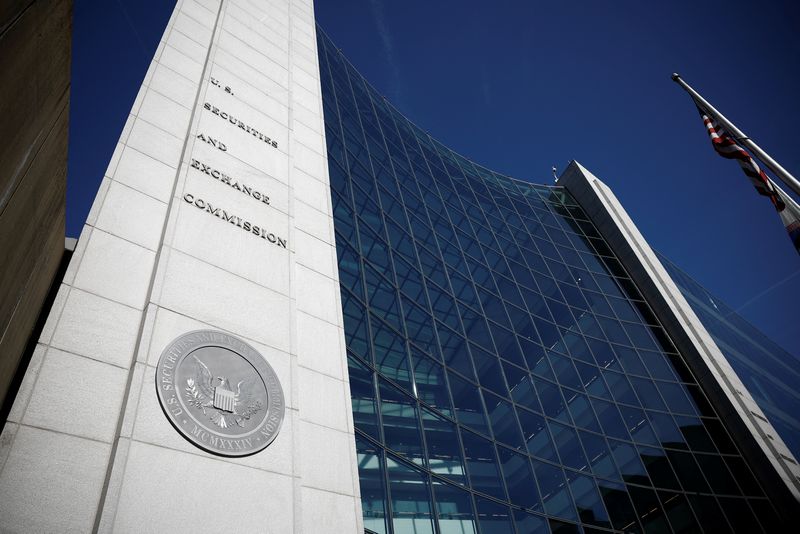

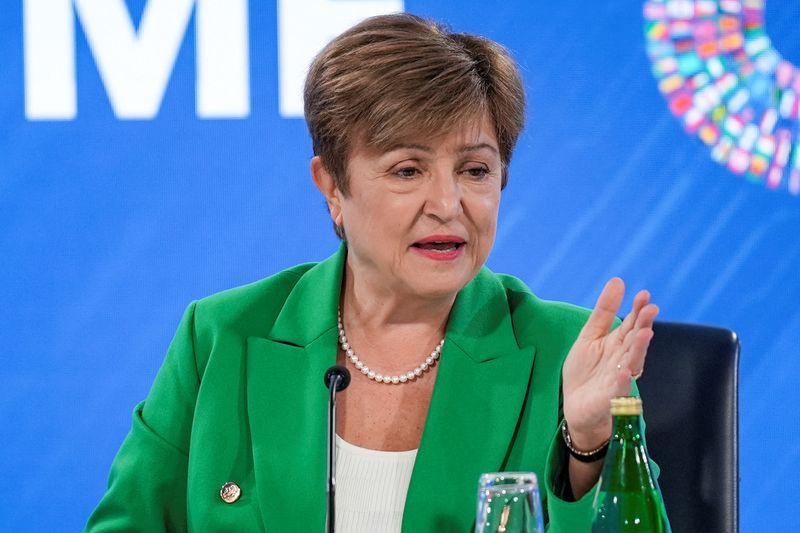








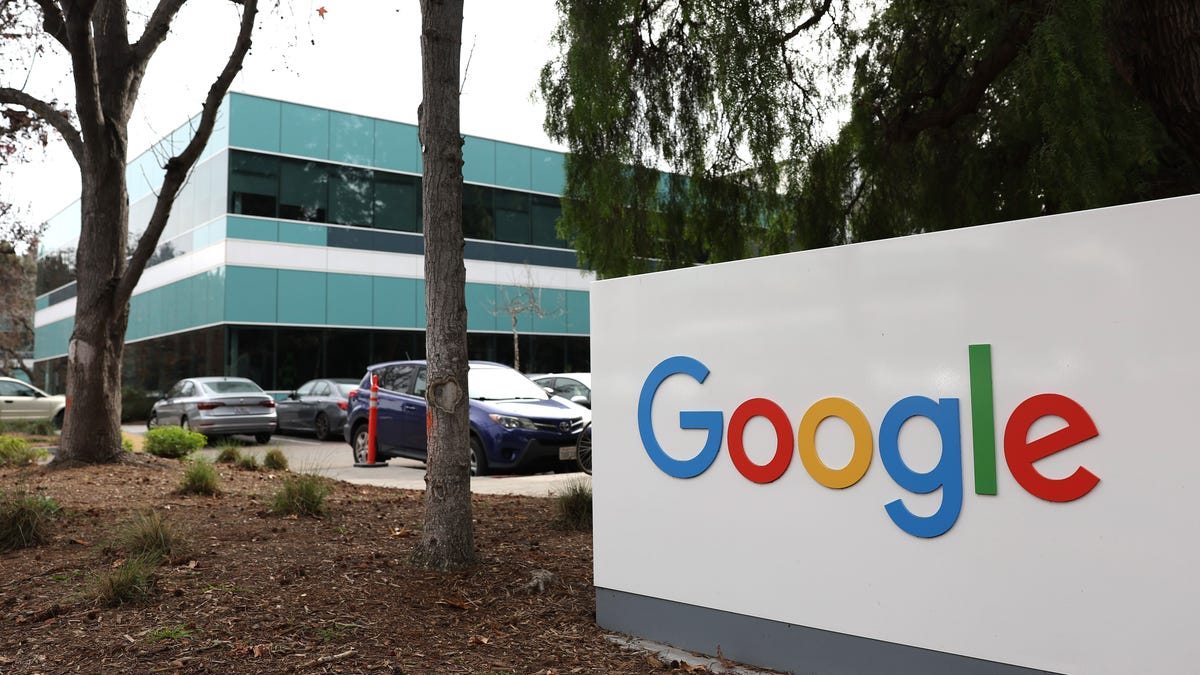
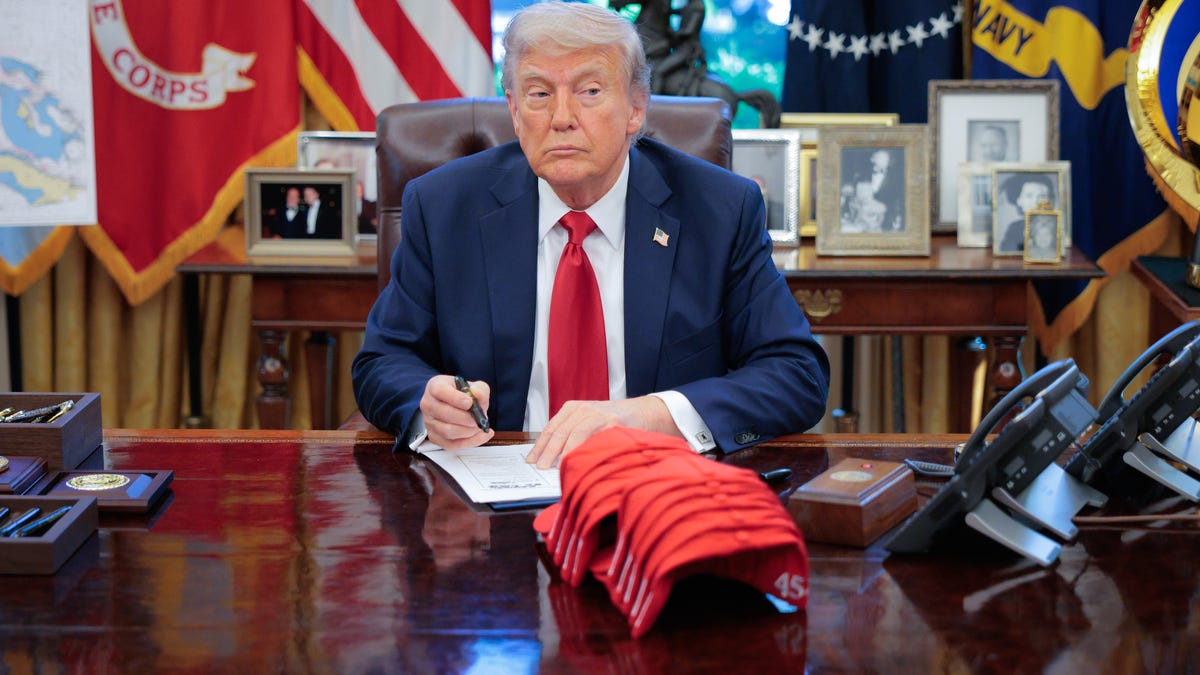















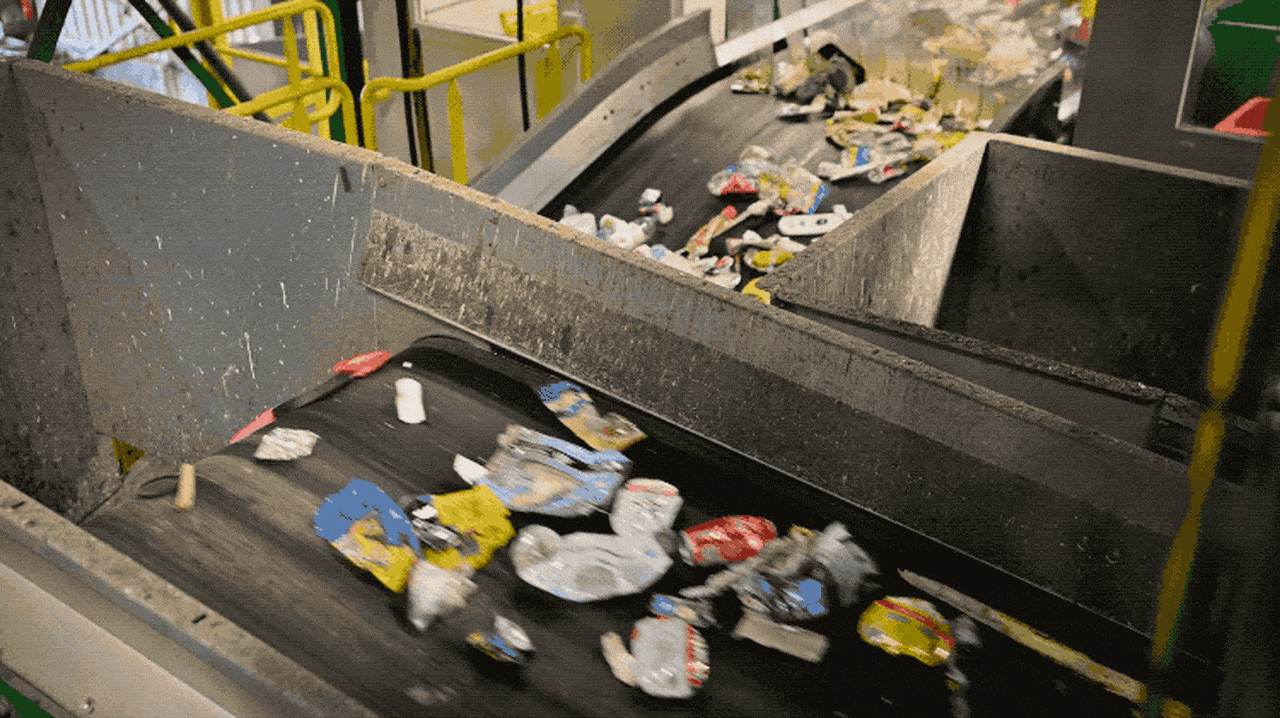
























































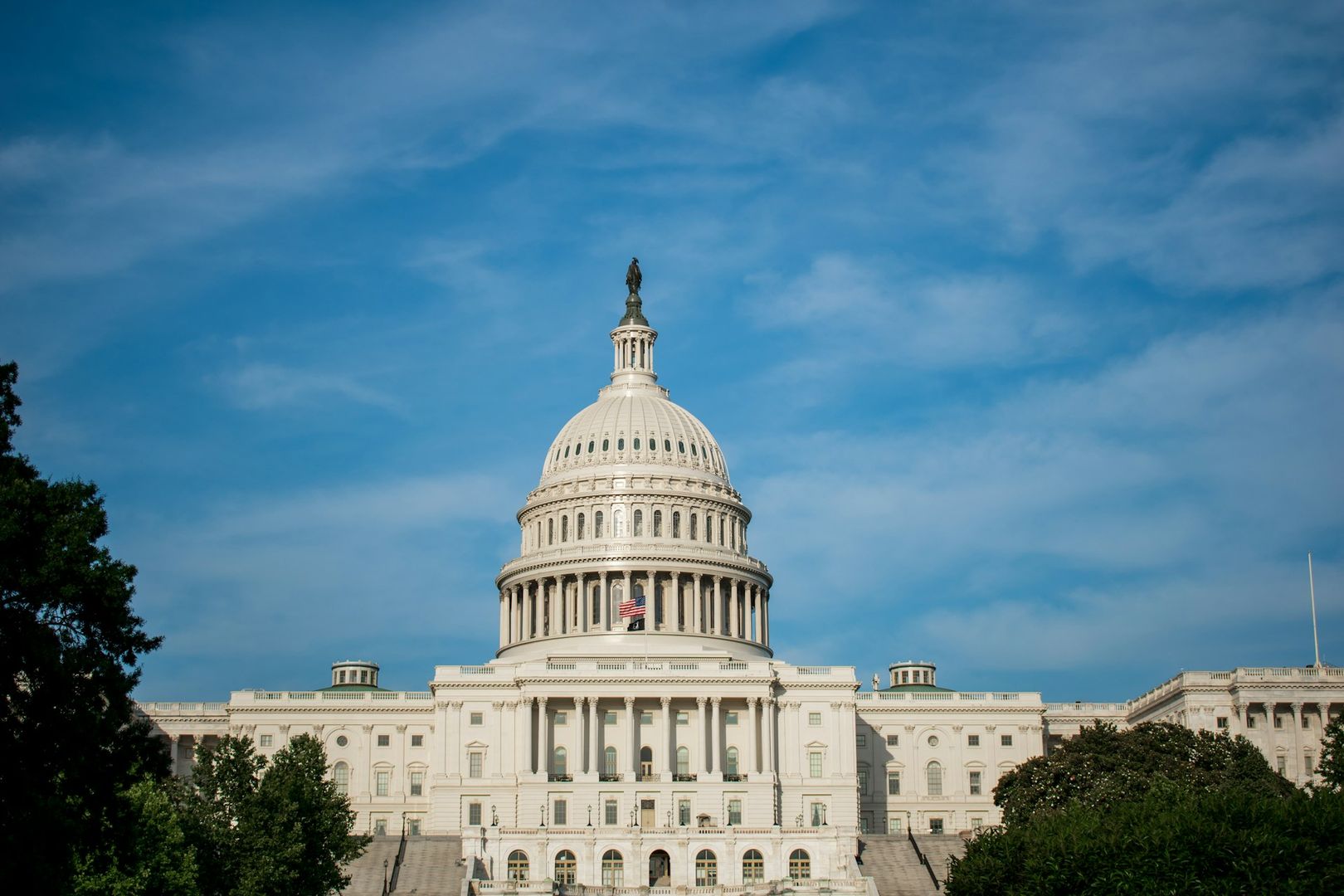
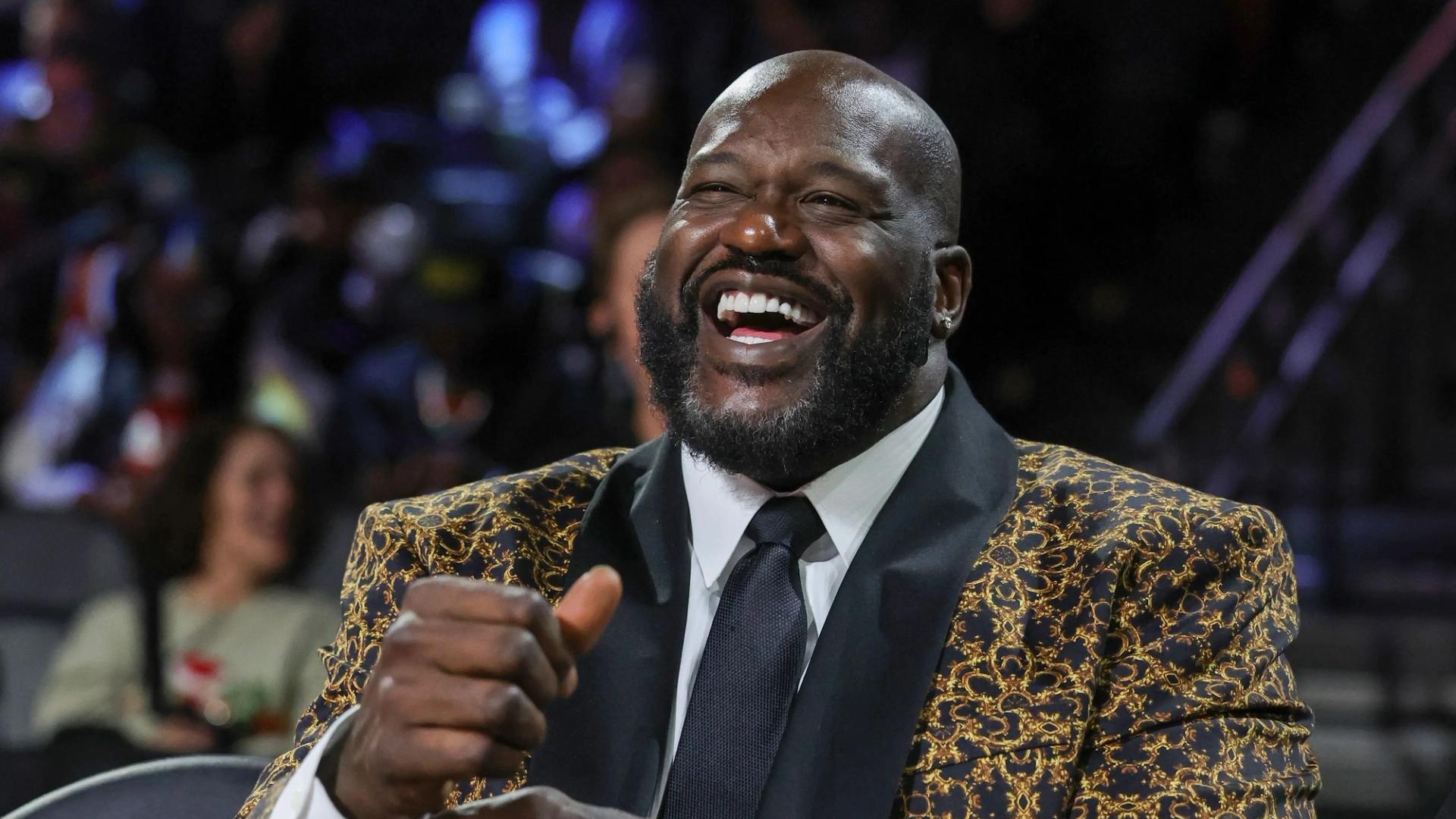


















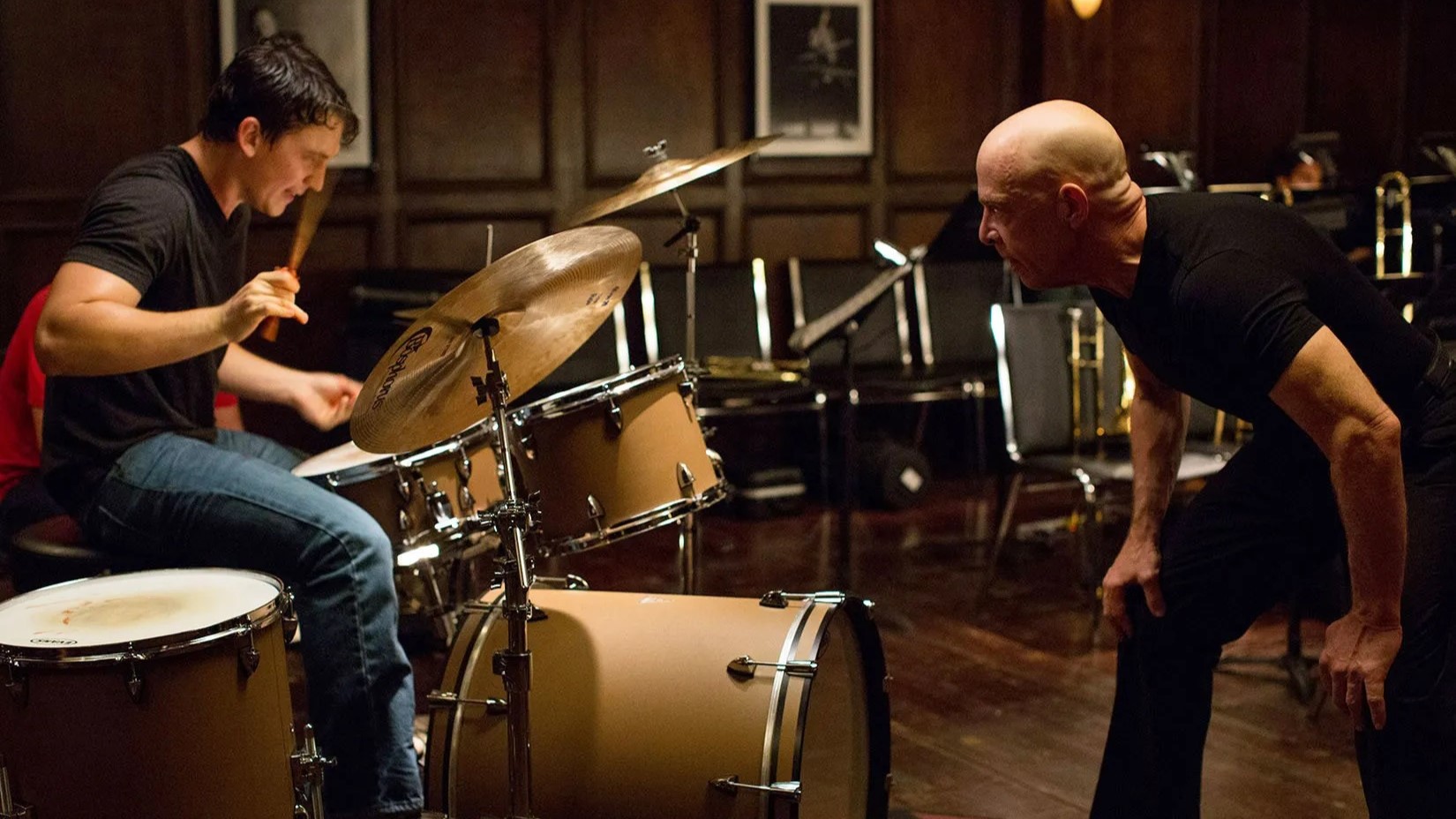






















































![How to Find Low-Competition Keywords with Semrush [Super Easy]](https://static.semrush.com/blog/uploads/media/73/62/7362f16fb9e460b6d58ccc09b4a048b6/how-to-find-low-competition-keywords-sm.png)
